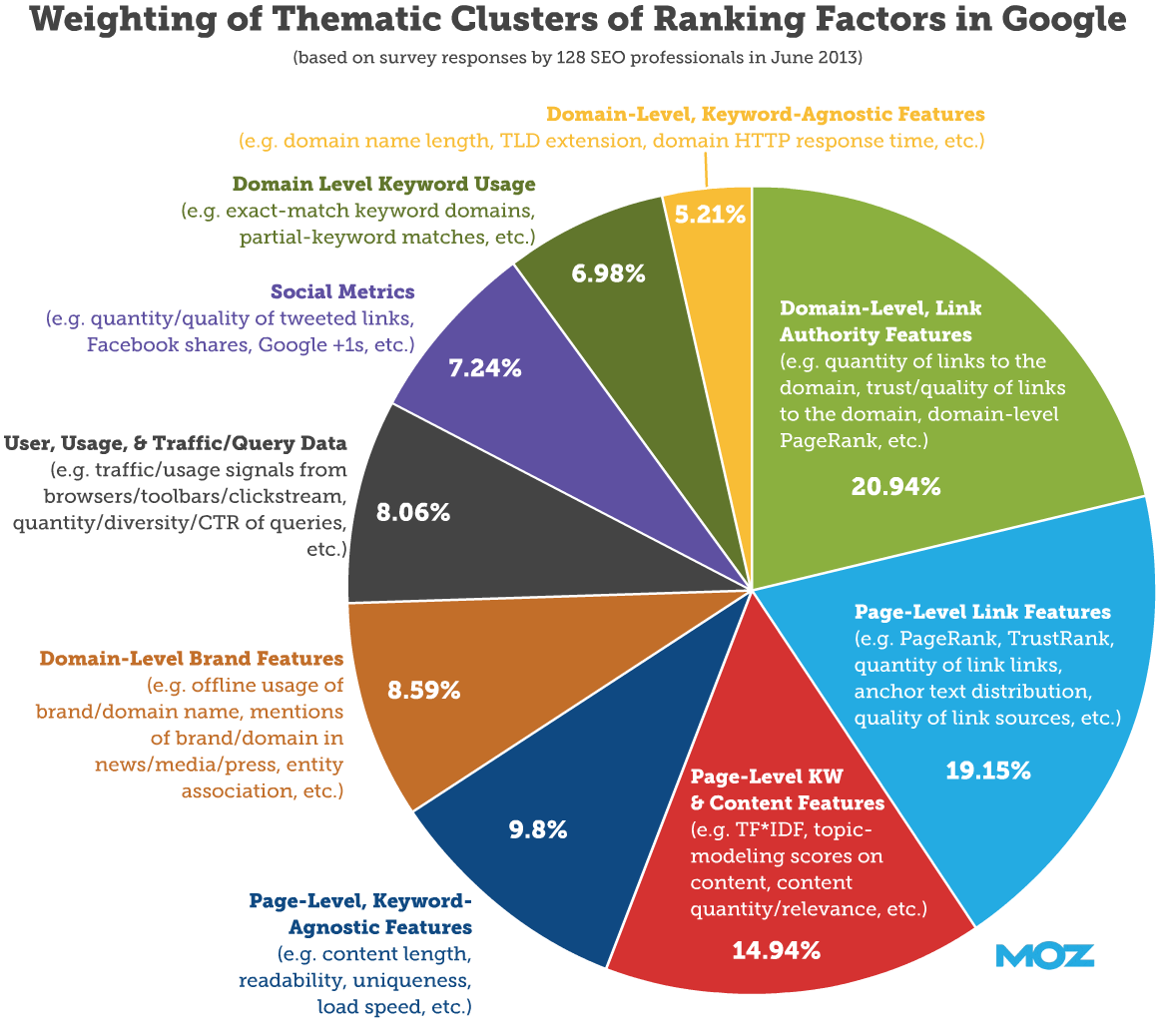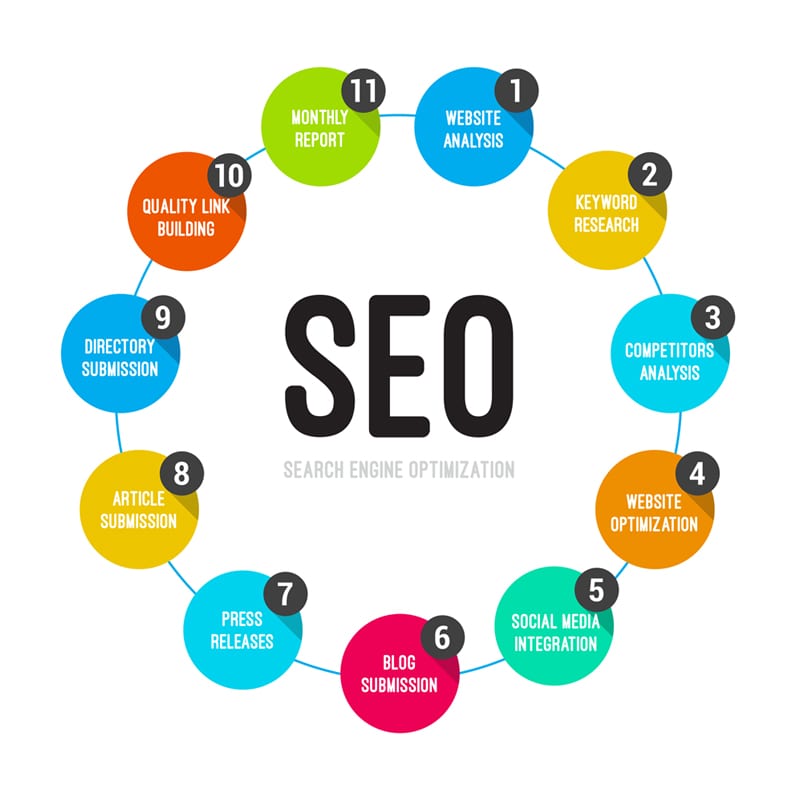5 Ways to Immediately Improve Ecommerce SEO

Small and medium-sized online retailers are just as affected by SEO as the big names are. How you position your site, its content, images, video and products for search engine rankings is critical to your long-term success. Even if you’re mostly using PPC to attract new shoppers, with proper SEO, you can ultimately claim your share of long and short tail keywords, which will do wonders for helping you attract targeted, organic traffic – e.g. new customers – to your online store over time.
In a previous guide, we’ve already offered 7 awesome SEO tips for online retailers to help you get ahead. We’re here to give you yet another round of invaluable tips that you can put into motion right now for better saturation in the online search engines. Even you’re not an expert in ecommerce SEO marketing, these tips are simple to integrate and will deliver nearly immediate results once you’ve put them into motion.
Read on to learn more.
Optimize Breadcrumbs
What are breadcrumbs and how do they help improve ecommerce SEO? Our partner, BigCommerce, offers a solid definition, advising that:
Breadcrumb Navigation is a form of site navigation that shows visitors where they are on a site’s hierarchy of pages without having to examine a URL structure. Ecommerce stores with a large number of categories can simplify the user experience by displaying breadcrumbs.
The good news here is that breadcrumbs are already integrated into platforms such as BigCommerce, 3dcart, Shopify and marketplaces like Amazon and eBay. However, for WordPress hosted online stores (WooCommerce) and for Magento 1 and 2 users, you’ll need to take additional steps.
If you’re running a WooCommerce store, you’ll want to look at available WordPress plugins to add breadcrumbs. The best one out there is simply called: WooCommerce Breadcrumbs.

This plugin helps you automatically integrate, customize and stylize your breadcrumbs in a manner that helps you improve click-through and click-over ratios while optimizing your online store for better SEO results. It’s rather simple to use, and the service offers plenty of walk-throughs on set-up, complete with screenshots and step-by-step advice.
If you’re using Magento 1 or 2, you’ll need to do some tinkering with the breadcrumb settings. But first, you must migrate from magento 1 to magento 2 to get the best experience. Ideally, you’ll want to consider adding a breadcrumbs extension for Magento. While Magento does have integrated breadcrumbs, most developers and retailers opt for an extension that gives them more options with setup and design of breadcrumbs for enhanced SEO optimization.

Craft Unique Product Descriptions
A common mistake that’s made by many online retailers is using duplicate content in product descriptions. A service called OnCrawl offers a complete guide on dos and don’t of duplicate product descriptions and content as well as on duplicate internal pages—with tools that you can use to remedy these issues once and for all.
In short, Google rewards websites that offer unique content because it has a higher perceived value to the end user than content that’s been scraped from other websites.
A common practice in ecommerce is to simply copy and paste content descriptions or to use the manufacturer’s original product description when mocking up products to display in your store. This is a big no-no that won’t necessarily get your website penalized by Google or the other search engines, but that will assuredly result in your site’s pages not being indexed or being completely ignored by search engines due to lack of uniqueness and relevancy.
Tips on improving content for SEO:
- Write unique content for each product you’re selling.
- Add bullet points to product descriptions.
- Make product descriptions at least 300 words or longer.
- Optimize product description pages with title, heading, H Tags, meta description and keywords.
- Use internal canonical tags when linking products to duplicate pages.
- Set all duplicate content pages to “no-index,” “no-follow” to avoid penalties.
- Include optimized videos and multiple images with products.
- Offer social sharing features on products.
- Integrate product reviews.
Not only will featuring unique content give you up to a 70% boost in visibility and rankings over time, but it will set your site apart from others and deliver a truly valuable experience to the end user, something that Google will reward you for in the immediacy and over time.
Start Blogging Daily
Blogging is one of the most beneficial SEO tools that you can use for your online store and is also a powerful marketing weapon, too. Google craves unique content, and the more you feed the Google monster, the better the results that you’ll see.

Blogging offers a multitude of nearly immediate benefits that not only help to improve your SEO rankings, but that also do the following:
- Gets the word out about new products, specials and offers.
- Improves your social presence with digestible, engaging content.
- Adds a fresh, steady stream of new content to your online store.
- Presents ranking opportunities for long and short tail keywords.
- Helps new users find products and services from search rankings.
- Gives Google’s bots a reason to keep returning and re-indexing your online store.
Once you’ve created your blogs, make sure they are properly optimized for SEO and include the primary keywords in the title, meta and body of the article. Take things a step further by adding an optimized image or two as well as any relevant videos. Finally, make sure your comments are turned on to gain reader feedback, and offer social sharing buttons to make it easy for users to spread the word.
For in-depth tips on this, check out our related guide: How to Create Gourmet Content That Google Devours.
Issue Press Releases
Press releases are shortened media statements and announcements that you send through the major news wires using services like PR Web, Globe Newswire, PR Wire and many others. Each service charges an aggregate price on distribution and each press release needs to meet certain editorial standards to be accepted, published and syndicated across the worldwide news RSS feeds.

Press releases are a great way to announce a new product addition, a flash sale, a special, a holiday sale or other announcement. They’re proven traffic-drivers and help send unique back links to your online store, blog or product pages that improve rankings over time.
Benefits of using press releases for your online store:
- Taps you directly into major newsfeeds.
- Helps improve SEO rankings over time.
- Great for announcements like sales and specials.
- Improves overall awareness about your store.
- Generates powerful social and traffic signals.
- Cost-effective ongoing marketing method.
If you’re considering press releases but want even more information on their benefits, take a gander at our related guide: How to be a Media Mogul with Press Releases. It’s loaded with tips and tricks that can help you take advantage of this powerful marketing tool. If you need tips on how to write effective press releases, read my complete guide in Entrepreneur Magazine.
Ask for Product Reviews
Did you know that as much as 92% of your shoppers will take the time to read a product review at your online store? What’s more, product reviews help undecided shoppers make a purchasing decision, and even bad product reviews don’t hurt your online store but actually help shoppers avoid making a bad purchasing decision that they later return, or encourage them to buy a product they know is the right match from the get-go.
Product reviews also offer another innate SEO benefit: They create a steady stream of unique content, social and traffic signals that feed into your online store, helping your pages ranking higher or maintain rankings and encouraging new sales simultaneously.

Need even more convincing? Look at these recent statistics about product reviews for more clarity:
- 37% of shoppers rely on reviews from review sites to make a purchasing decision.
- 63% of consumers find product reviews from a search engine query.
- 54% of the time, consumers will click over to an online store from a positive review.
- 87% of consumers place as much trust in a product review as they would word-to-mouth.
- 87% of consumers agree that they won’t do business with an entity that has an unfavorable rating.
- 90% of consumers want to read between 5-10 product reviews before gaining trust about a brand.
- 68% of consumers will decide whether to use a product or service after reading 1-6 reviews.
- 59% of consumers scout reviews from 2-3 different review sites before buying.
- 73% of consumers consider aged reviews (90 days or older) to be irrelevant.
- 68% of consumers want to see mixed negative and positive reviews to believe they are real.
- 70% of consumers will place a review if they are asked to.
- 50% of consumers that were asked to leave a review about a product or service have.
- 78% of consumers who bought after reading a review report being satisfied.
- 31% of consumers increase spending when an online business has positive reviews.
- 43% of consumers search for reviews of a business once per month.
- 50% of shoppers age 18-34 trust online reviews more than word-of-mouth.
- Consumers are 124% likelier to buy a product from a smartphone after reading a positive review.
- 50 or more reviews on a product can lead to an average increase of 4.6% in revenue.
- 63% of customers are likelier to buy from an online store that features user reviews.
- Customers are 110% likelier to buy from an online store that features reviews and Q&A.
- Online product reviews yield and average sales uplift of 18%.
Need even more tips on how to improve ecommerce SEO? We’ve got you covered in this related guide: 7 Tips for Optimizing Your Online Store for SEO.

Share On:








